OUR HEADQUARTERS
EWL LLC.
730 S Sterling Ave. Ste 205
Tampa, FL, 33609
United States of America
HAVE QUESTIONS?
guillermo@ewlofficial.com
hello@wildsplendorcoffee.com

© 2025 Wild Splendor. All rights reserved.

At ENDEMIC WILDLIFE, we’re dedicated to protecting biodiversity. A significant portion of our proceeds supports conservation initiatives, including vital programs to save the ORINO CO GOOSE (Neochen jubata) – An Exotic Amazonian species now at high risk of extinction due to illegal hunting and habitat loss.
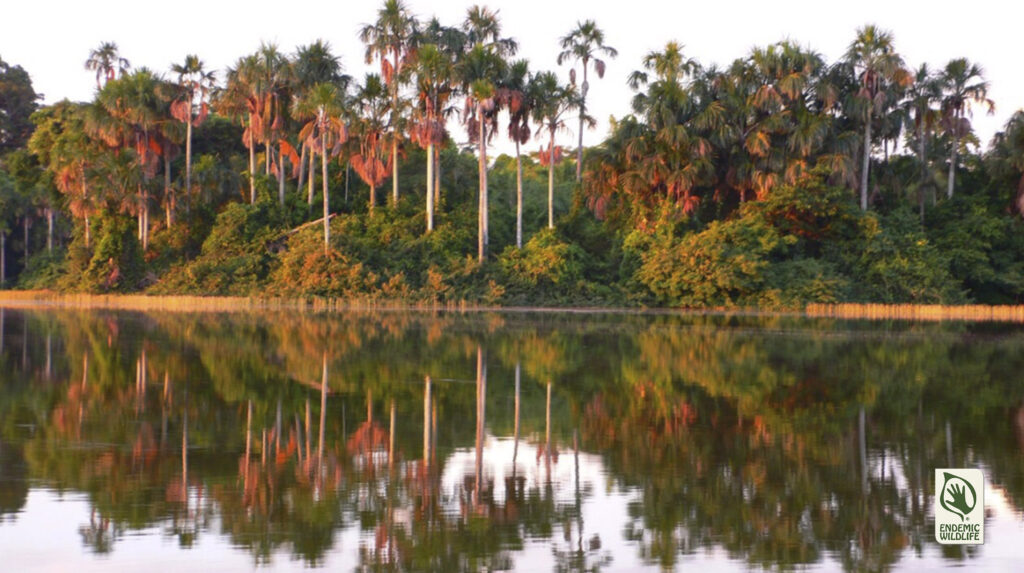
Aquatic herbs, terrestrial herbs, and seeds are the primary food sources of the Orinoco Goose; as a herbivore, it also occasionally consumes insects and crustaceans. It breeds in their major habitats, namely rivers, streams, and lakes lined with leafy trees, sandy strips of beach, grassland, and flooded savannah.
Marshland and lagoons are the preferred nesting sites for these birds during their breeding period. Usually, the nests are found in tree cavities or occasionally on the ground. Females lay 6-10 eggs and incubates them for 30 days. Both parents take care of the chicks while the males exhibit territorial behavior.
Historical Impacts of Overabundant Specimens: High rates of decline due to increased hunting and destruction of habitat from wetlands to agricultural spaces.
Since the IUCN classified the species as «Near Threatened,» estimates of the population are about 10,000-25,000 individuals. In some places, like Peru, populations are at critically endangered status, meaning fewer than 100 geese are remaining.
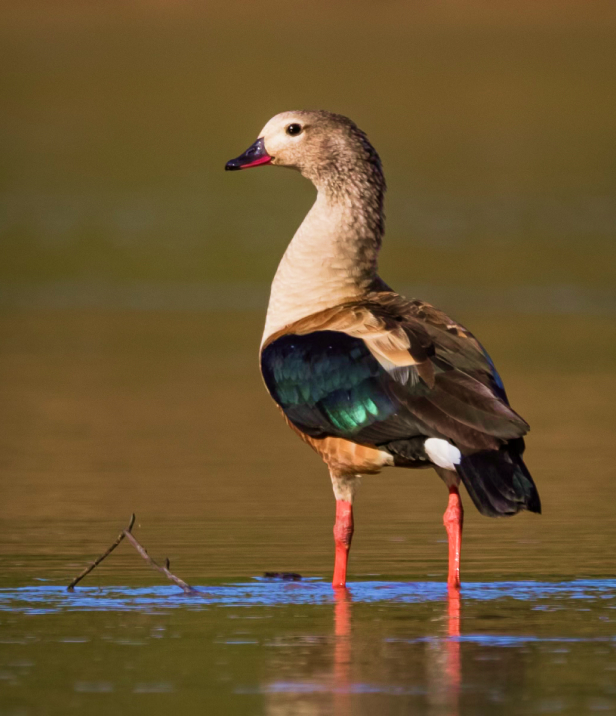
The first phase deals with research on the species to fill some primary gaps in the information known about it.
The areas of concern include:
Strategies:
This phase will last for 18 months. It will result in a reliable diagnosis of the species’ ecological needs.
Basing on the outcome of phase one the second phase will specifically focus on:
It is expected to last for four years.

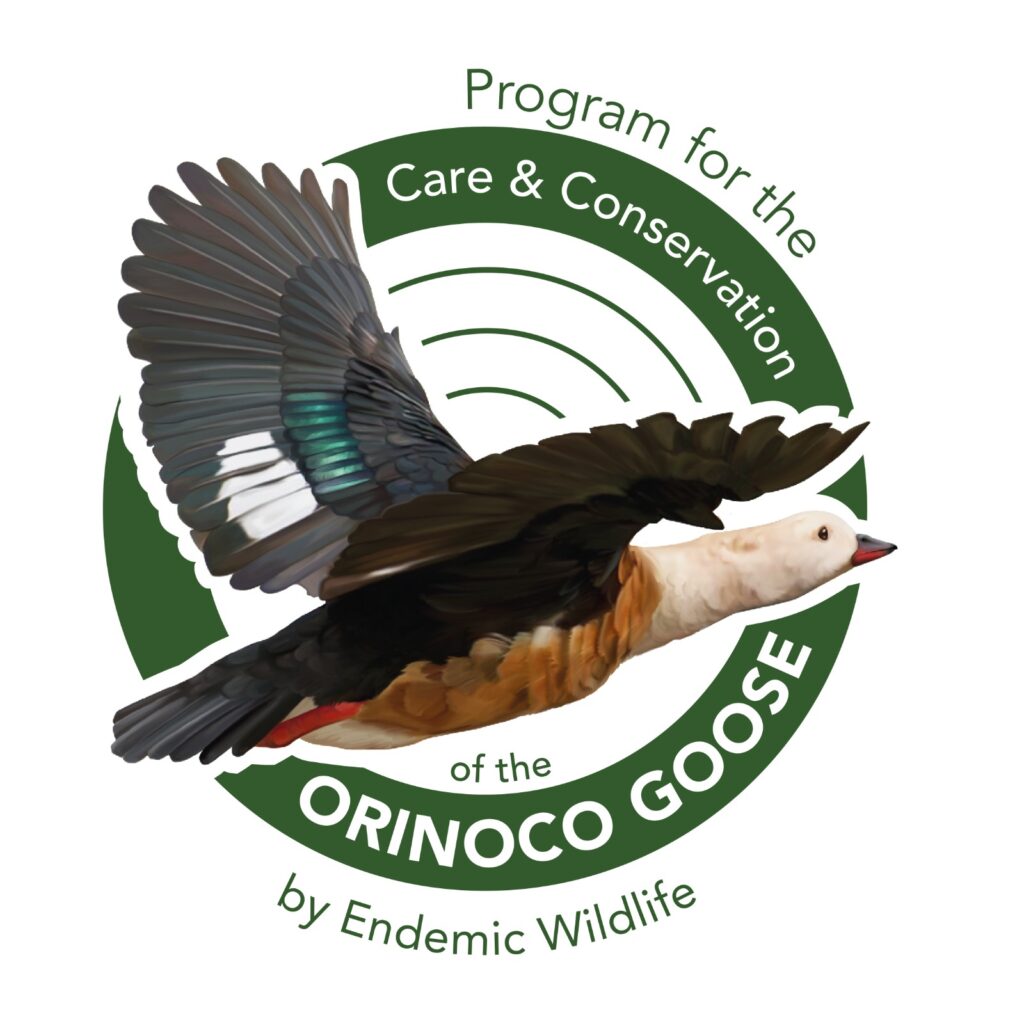
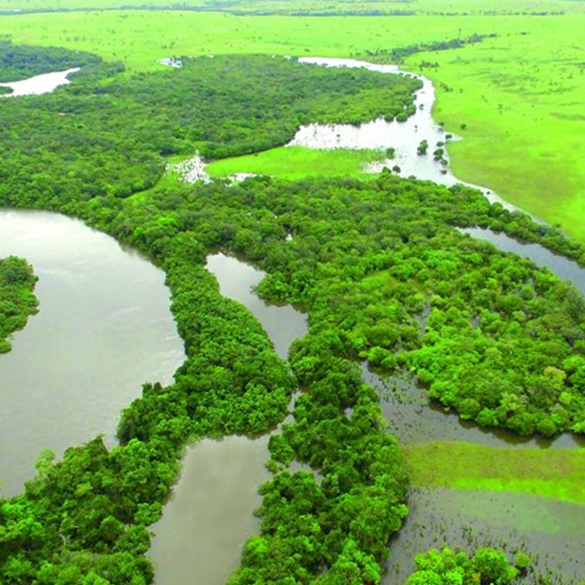
The Orinoquia of Colombia is a larger ecosystem with good biodiversity that now faces a problem of increased agricultural and economic development. Among these landscapes is the Bita River basin, which is located in Vichada and qualifies as a high conservation area, boasting marshy extensive plains and wooded riverbanks that are home to critical habitats for wildlife.
Home to species like jaguars, cougars, tapirs, capybaras, as well as a rich diversity of birds, it needs protection for the unique ecosystems it harbors and for the survival of some endemic species, such as the Orinoco Goose.
It is envisaged that the program will raise:
The base of $600,000 is intended to cover an 18-month initial research phase-including equipment, staff, and logistics; whereas the $2,000,000 will fund the ensuing four-year phase earmarked for habitat restoration and population stabilization. Funds will be raised through Endemic Wildlife Foundation product sales and other initiatives.
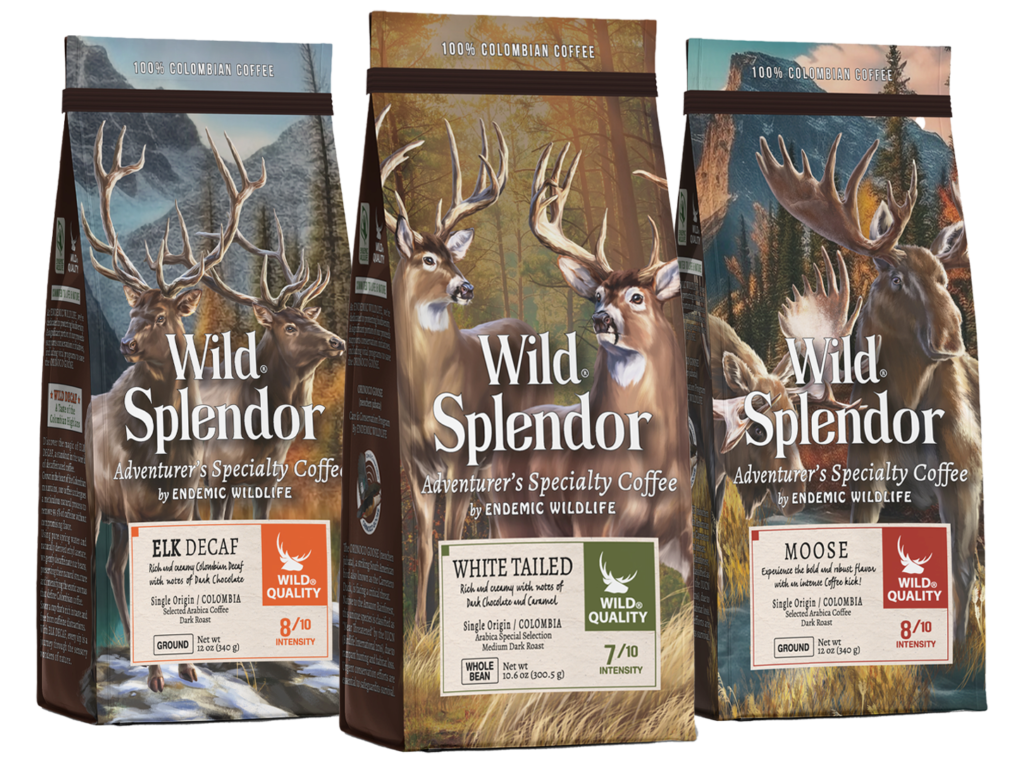
OUR HEADQUARTERS
EWL LLC.
730 S Sterling Ave. Ste 205
Tampa, FL, 33609
United States of America
HAVE QUESTIONS?
guillermo@ewlofficial.com
hello@wildsplendorcoffee.com

© 2025 Wild Splendor. All rights reserved.